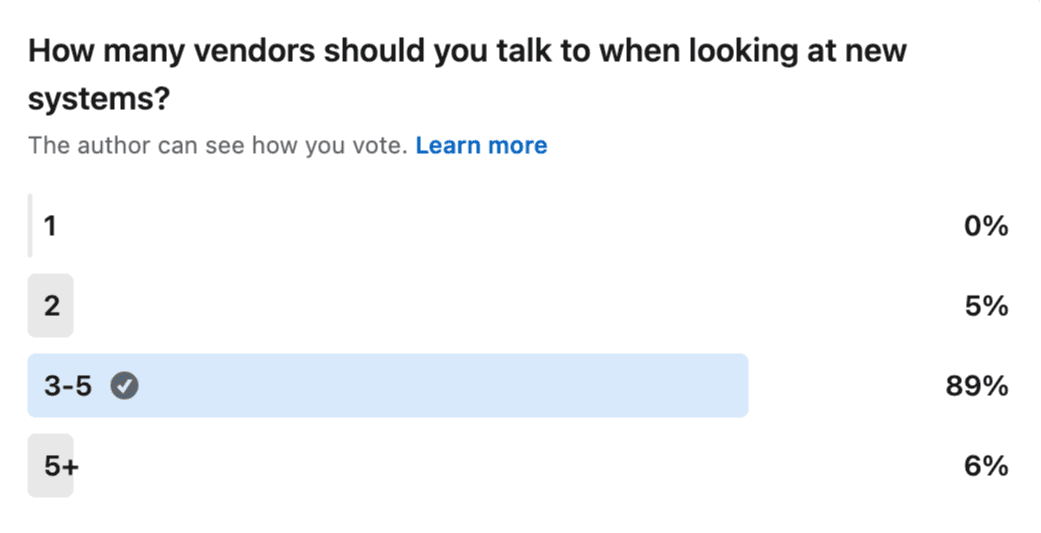B2B Sales
Show Me the d@#n Product
Why Won't You Just Show Me the D@#n Product?
For B2B software and services companies in the lower middle market, the targeted buyer often has hundreds of options in any one category!

Typical G2 Grid of Options for Mature Segments
B2B companies make this dynamic even worse for the Buyer by providing only surface level information on the website regarding what the product actually does!
The Buyer has 6 "Jobs" to complete before they can confidently buy a new solution.
Problem Identification and Clarification
Solution Exploration
Requirements Building
Supplier Selection
Validation
Consensus Creation
Context for the Problem
These "Jobs" are non-linear. Example, as a buyer starts Solution Exploration to the Problem they've identified, they may discover, through supplier-provided content, that they had a blindspot for a related issue that is actually the source of the problem, which causes them to go back and reexamine the Problem.
The same dynamic occurs when trying to build Requirements. Each interaction with a Solution Provider likely impacts the list of requirements.
But when there are >200 options in a category, it is impossible to ping-pong back and forth to all 200 to evaluate options. So what happens?
The Buyer quickly narrows the list of solutions in which they will invest time exploring.
How narrow? Five or less.

Source: LinkedIn
Oh boy.
So how do we get on the list of options? Transparency.
The Buyer needs to quickly, but confidently, develop a short list of where they will invest more time.
If the only way they can begin to complete the jobs of requirements, selection and validation is to "talk to sales," then unless we are the industry leader, we likely won't make the cut.
Spoiler alert. If you are in the lower middle market, you are not likely the industry leader.
This is why, more than ever, it is so important to show the Product, on demand.
This isn't an end-to-end, 30-minute demo, but short examples of typical use cases our buyer experiences and how our product delivers business value.
There are lots of options from which to choose, so don't over think it the execution, but do spend time thinking about how the use cases fit together and provide that context to the Buyer, regardless of their "point of entry" into the experience.
Last week we had a chance to discuss this topic with Eric Dodds, who heads Product Marketing at RudderStack.
What ways have you explored getting your Product/Service in front of the Buyer? Reply and let us know!





